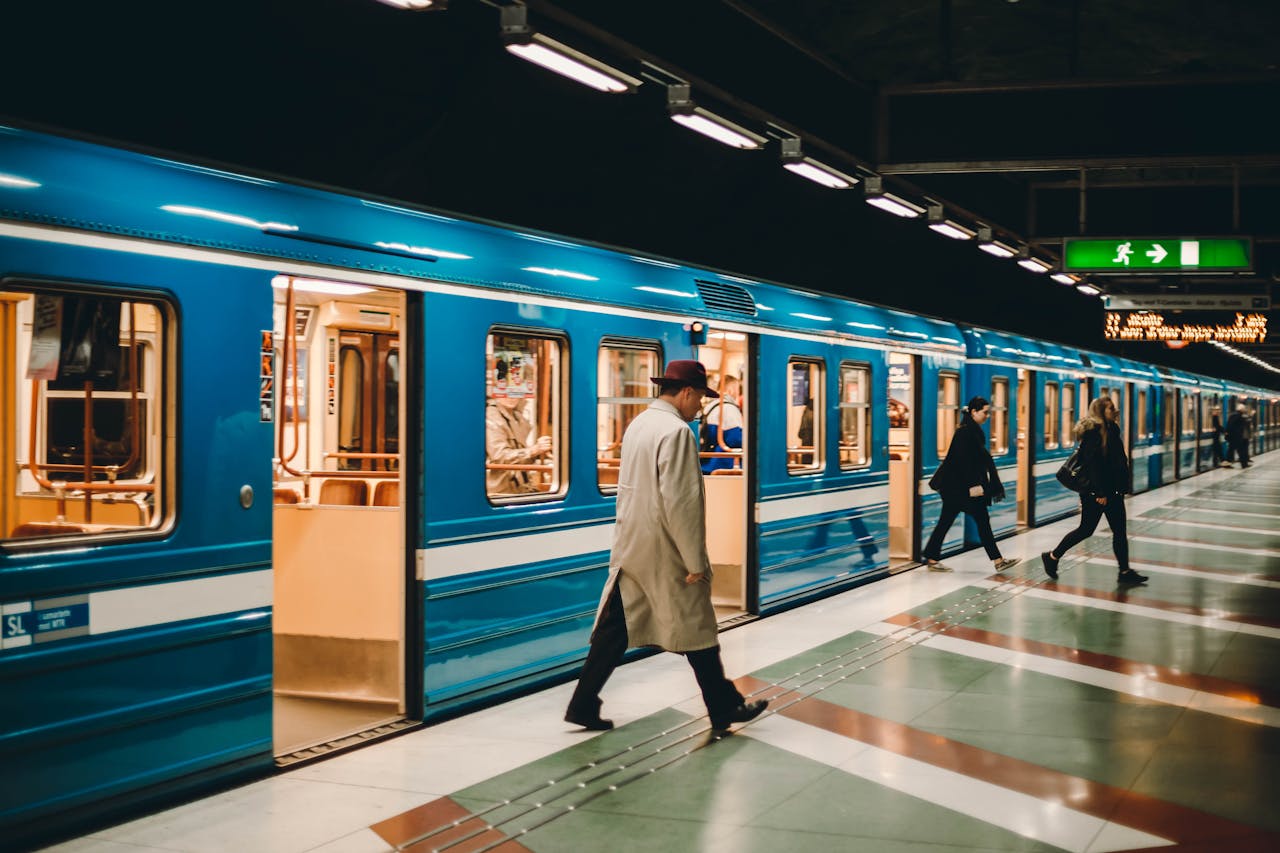
How Art Shapes Culture and Reflects Human Experience
Cultures, customs, and beliefs vary drastically worldwide: different languages and diverse ways of living.
If there’s one thing all cultures have in common, it’s art. And art reflects the human experience and provides insight into its values, ideologies, and beliefs.
Art has become a vital form of communication across time and space, from centuries-old masterpieces and indigenous artworks to contemporary designs sprouting up in public areas around the globe. This article looks at how art has shaped culture throughout history.
Evolution of Art in Today’s Culture
Australian artwork created by Aboriginal communities plays a crucial role in preserving and showcasing their cultural traditions, beliefs, and stories while promoting cross-cultural understanding and appreciation.
From Australian aboriginal cave paintings and ancient Greek statues to Monet's Impressionism, art has always played an integral part in how we perceive culture now and how it will be remembered. It can spark debate, highlight societal issues, and affect people's thoughts and actions.
Art has helped to popularize modern cultural touchstones; it influences how millennials view fashion, how photographers record famous events, and how authors address political issues. Art also elicits a wide range of emotions, spurring discussions on issues like equity, Indigenous rights, and access to healthcare.
Graffiti art portrays an urban lifestyle; 3D printing fosters innovation in producing products in a digital age. Cinema and photography amplify how stories are shared online and offline in ever-growing media.
The Different Roles of Art
Art has been a significant part of many cultures for centuries. It has been used to express faith, emotions, personal histories, and special occasions. It can be found in religious ceremonies worldwide, used to tell stories in ways that words cannot reach while also connecting humans to something greater.
Art was integral to religious ceremonies from the Egyptians to the Chinese, from pyramid building in Ancient Egypt to offering tangka paintings of Buddhist deities.
On a smaller scale, it can be seen in people's daily life today when they hang artwork on their walls, wear jewelry with exquisite designs, or drink from coffee mugs or tea cups embellished with original artwork.
People are using art to add color and meaning to their lives; it is increasingly becoming one of the most affordable methods to produce something lovely. Medical professionals are even studying its psychological effects to improve well-being.
Human Experience and Emotions
Art is a beautiful way to express feelings and thoughts. It allows people to delve into their emotions, transfer them to materials like paper or canvas, and then share their tales and sentiments with the rest of the world. Whether you're talking about a painting, sculpture, or any other artwork, each allows you to explore and express your inner self.
Artists, regardless of medium, have a unique vocabulary that goes beyond words; it offers opportunities for capturing subtle thoughts and human experiences. It can express stories of joy, sadness, courage, and fear; it is vital for connecting with others.
Notable Works of Art and Their Cultural Impact
Some of the most recognizable and impactful art pieces were created centuries ago. Perhaps none is more iconic than Leonardo Da Vinci's Mona Lisa, which he painted between 1503 and 1506. The familiar smile and charisma of the subject have become a fixture in popular culture.
Another classic example is ‘The Last Supper,’ also painted by Da Vinci in 1495. This painting conveys the emotion between Jesus and his apostles with remarkable accuracy. Even today, it continues to move viewers with its powerful imagery and religious overtones.
Meanwhile, Dorothea Lange’s 'Migrant Mother' reminds families of the struggles faced during The Great Depression and depicts resilience and strength in adversity.
Art and the Digital Age
The digital age has changed the way we perceive artwork. Rather than looking at static objects in a museum, virtual reality may transport us to artificial, computer-generated settings with a visually spectacular interactive artwork. Even conventional art forms such as painting, drawing, and sculpture have drastically changed due to this new technological era.
Artists use tools like Photoshop and video game engines to produce sophisticated works without time or space constraints. These technological advancements have significantly impacted art, paving the door for innovative innovation and pushing limits like never before.
Art Inspires Change in Culture and Society
Art is a fundamental element of human expression woven into the fabric of civilization since ancient times. Through its evolution and adaptation, art has continued to reflect society's cultural beliefs, values, and norms while catalyzing change and growth.
The power of art to influence how we live, think, and interact with one another is undeniable. It can transform culture, communication, and expression, providing us with a platform to explore innovative solutions and push the boundaries of what is possible.
Trending
-
1 Jocko Willink's Inspirational Life & Net Worth
Aaqil Ashraf -
2 How Art Shapes Culture and Reflects Human Experience
Luke Fitzpatrick -
3 Meet Felix Williams and Maria Arthuer: The Parents of World Class Winger Nico Williams
Felix Yim -
4 Kai Cenat's Dad and the Enduring Public Interest
Aaqil Ashraf -
5 London Tube Stations Closed as Workers Stage Strikes
Mihir Gadhvi





Comments